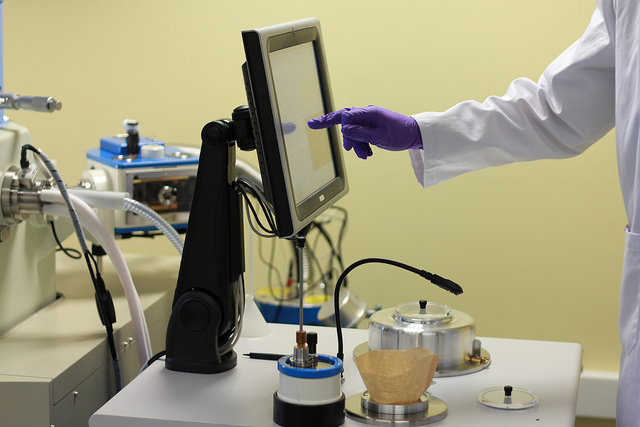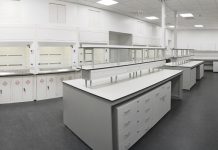Professor Sir Ian Diamond’s report on efficiency in higher education highlighted universities’ achievements in asset sharing and called on them to build on this work. Rosie Niven rounds up the views of leading thinkers in the sector around the future of sharing and collaboration in research.
Universities have achieved much in promoting asset and equipment sharing in recent years, Professor Sir Ian Diamond concluded in his report on Efficiency Effectiveness and Value for Money in higher education.
Writing for Efficiency Exchange ahead of the report, Lancaster University’s Professor Mark Smith observed that initiatives such as a panel to approve investments in scientific equipment set up by EPSRC have been transformational to thinking in this area.
Before approving investments in equipment, the possibility of asset sharing, managing access for a broader base of users and business cases as to the medium term sustainability had to be considered by the panel.
‘Genuine sustainability’
This progress is noted in the efficiency report, but Sir Ian says that more can be done and highlights the need to make the most of opportunities for extending the benefits of asset sharing to other organisations and for accounting for smaller scale activity.
Following Professor Smith’s call for a “full systematic study” over the next few years to demonstrate how efficiently equipment is being used and Sir Ian’s recommendations in his report, HEFCE, RCUK, Jisc and university research partnerships are being asked to form a working group to develop metrics to evaluate the scale and scope of asset sharing.

Luke Georghiou and Sarah Jackson, co-authors of research for the N8 group that fed into the review, say that with public spending restrictions remaining for the foreseeable future, “we will all need to show the benefits from investments in research, and demonstrate that money is being invested wisely to deliver the greatest possible return for every pound spent”.
In their post for Efficiency Exchange, Georghiou and Jackson say that despite the good progress, significant barriers remain. To deliver the full benefits of equipment sharing, further steps are needed, for example the introduction of “no-cost incentives” such as sharing credit on large grants and better long-term planning, they add.
Such initiatives will help to accelerate progress, encourage culture change and greater trust between users and support better allocation of funding, they suggest.
Peter Simpson, director of the N8 group of northern research intensive universities agrees that further work is needed to enable more sharing and collaboration.
‘Willingness and enthusiasm’
“I think there is a lot of willingness and enthusiasm to do it but actually sometimes the practicalities get in the way,” he says. “Working with the government and research councils, N8 has identified barriers to sharing.
“There are things we can do around some of the barriers like building those communities so people know each other and trust each other to use their equipment.”

But Simpson goes a step further. A former departmental head at pharmaceutical giant AstraZeneca, he suggests that collaborations must go beyond the confines of academia with businesses also able to use universities’ equipment and vice-versa.
“I think there are a lot of opportunities both in terms of industry sharing the kit that N8 has but also thinking about how we can tap into some of the major science hubs into the north of England.
“I spent the last nine years at the Alderley Park site of AstraZeneca, which is now being turned into a bio park and there is a lot of equipment and expertise there. We want industry to come and use our kit and also want to think about other ways of collaboratively sharing equipment. I am really interested in those partnerships across sectors.”
Making sharing discoverable
Finally, Martin Hamilton, futurist at Jisc, talks about how they are working with Loughborough University to pilot the Kit Catalogue and how this is pointing the way to making equipment sharing more discoverable and its benefits more measurable.
“By working together, we believe that there’s approximately £200m of public investment in research facilities that have been open up to sharing… with the coming austerity agenda – we could call it austerity 2.0 – this need, not just to share but to evidence sharing is to become more and more important.”








